The ESRF was conceived as a true European collaboration for the advancement of X-ray science. In 1988, eleven European countries joined forces to build the world’s most performing and bright « third-generation » light source. This visionary project has made an outstanding contribution to the excellence of European science. Almost thirty years later, a new dream saw the light, with the launch of a brand-new generation of high-energy synchrotron, the ESRF's Extremely Brilliant Source. With the support of ESRF's 19 partner countries, EBS provides scientists from all over the world with new opportunities to pioneer innovative science and to addressing the complex global challenges that our society faces.
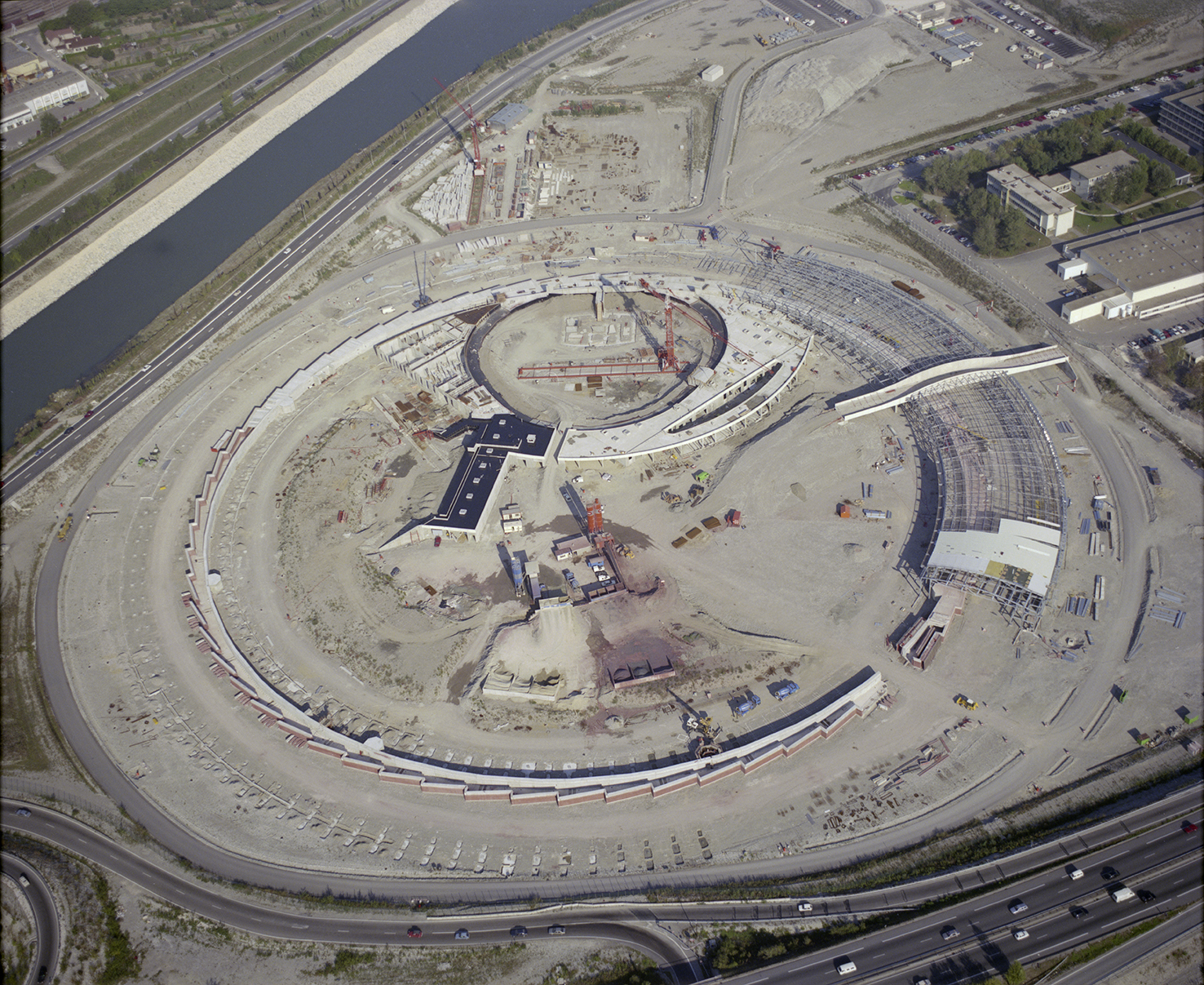 |
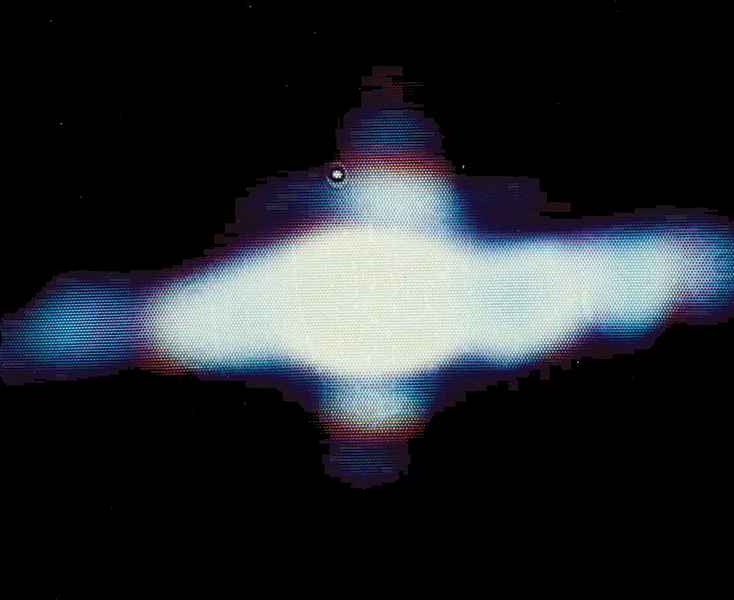 |
| The ESRF construction site in 1990. |
The first beam, in 1992. |
1975: Professor William Garton of Imperial College London (UK) writes a letter to Sir Brian Flowers, then president of the European Science Foundation, pleading for a European collaboration in synchrotron research.
1976-1979: A working group of experts present a proposal for the construction of a synchrotron facility. They publish the Black book and the Blue book, where they set the specifications for the machine.
1977: The term “European Synchrotron Radiation Facility” is used for the first time.
1987: After the publication of several technical books, the Red Book, also known as the “Bible” of the ESRF, comes to life. This is the reference document for construction.
1988: The Convention and Statutes of the ESRF are signed in Paris by research ministers of 11 European countries.
1989: The ESRF company is established. The first Users’ Meeting takes place the same year.
1992: First electron beam in the storage ring. First users at the ESRF.
1994: User Operation starts. The ESRF is officially inaugurated with 15 beamlines. The storage ring current is raised to 150 mA; X-ray brilliance reaches 1019 photons/mm2/mrad2/0.1%bw.
1996: Storage ring current is raised to 200 mA; X-ray brilliance reaches 1020 photons/mm2/mrad2/0.1%bw.
1998: The ESRF has 40 beamlines.
1997: Science magazine includes synchrotrons as one of the breakthroughs of 1997.
2002: The Partnership for Structural Biology is launched with the ILL, the EMBL and several local institutions. Today, the PSB comprises about 300 active scientists and close to 20 technical platforms for state-of-the-art integrated structural biology.
2009-2015: Upgrade Programme Phase I (180M€) is launched. It includes the development of 19 new beamlines, many specialised in research using nanobeams, a new 8000m2 ultra-stable experimental hall and the upgrade and renewal of facilities and support laboratories.
2010: The Partnership for Soft Condensed Matter (PSCM) is launched in collaboration with ILL. The European Photon and Neutron Science Campus (EPN Campus) is created.
2011: X-ray brilliance of 1 x 1021 photons/mm2/mrad2/0.1%bw is reached. This is 500 times brighter than the design specifications.
2012: The ESRF designs a revolutionary storage ring.
2012: Publications in peer-reviewed journals since 1994, from users and staff, reach a total of 20,000.
2014: Russia joins the ESRF as a Member State, bringing the total number of countries backing the ESRF to twenty-one, of which 13 are Members and 8 are Scientific Associates.
2015: Launch of the Extremely Brilliant Source (ESRF-EBS) Project: 150M€ over the period 2015-2022, with the construction of a new storage ring, inside the existing infrastructure, with performances multiplied by 100 in terms of brilliance and coherence of the X-ray beam.
2017: The ESRF has 44 beamlines.
2018: The ESRF celebrated its 30th anniversary. After an outstanding performance, the ESRF’s X-ray source was shut down for a 20-month upgrade to the new Extremely Brilliant Source (EBS).
2020: Launch of ESRF-Extremely Brilliant Source (EBS), on time (25 August 2020) and within the budget. EBS is the first of a new generation of high-energy light sources, the world's brightest synchrotron light source.
| Inauguration of the new Belledonne experimental hall on 24th June 2013, only 19 months after the ground-breaking ceremony. |
The quest for more brillance and coherence
“It was a dream; we were living in the future”, said once the late Director of the Accelerator and Source Division, Pascal Elleaume. “We were working on a completely new project, with no previous reference as a guide. It was a thrilling time, he added.
In 1988, the ESRF made history as the world’s first third-generation synchrotron light source. The ESRF served as a model for many synchrotrons worlwide, achieving a brilliance between 100 and 1000 times greater than that expected at the time of the Red Book.
On 25 august 2020, the ESRF launched its Extremely Brilliant Source, the first high-energy fourth-generation synchrotron light source, with X-ray performances increased by a factor 100 compared to the previous source and with a 30% reduction in electricity consumption. With EBS, the ESRF has once again raised the bar, opening new vistas for X-ray science.
Nobel Prize Winners
Several laureates have used the ESRF throughout their careers to carry out experiments which have ultimately contributed to their success. Synchrotron sources have really made a huge difference in macromolecular crystallography research and hence the fact that the winners work in the field of biology.
| CHEMISTRY 2012
|
|
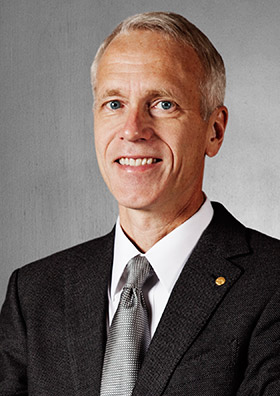 |
 |
|
Brian K. Kobilka |
Robert J. Lefkowitz |
Brian K. Kobilka and Robert J. Lefkowitz for their work on “G-protein-coupled receptors”. Kobilka has carried out experiments mainly on ID13.
|
CHEMISTRY 2009 |
||
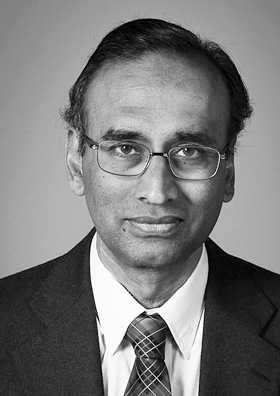 |
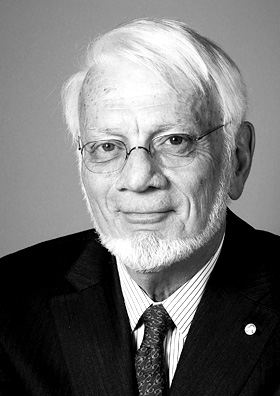 |
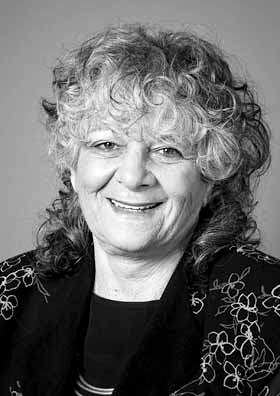 |
|
Venki Ramakrishnan |
Thomas A. Steitz |
Ada Yonath |
Venki Ramakrishnan, Ada Yonath and Thomas A. Steitz for their “studies of the structure and function of the ribosome”. Ramakrishnan and Yonath have both been long-term users at macromolecular crystallography beamlies at the ESRF.
| CHEMISTRY 2003 |
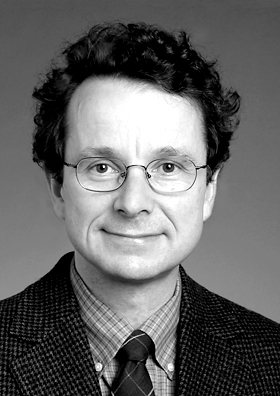 |
|
Roderick MacKinnon |
The Nobel Prize in Chemistry 2003 was awarded to Roderick MacKinnon "for structural and mechanistic studies of ion channels in cell membranes". At the ESRF he had carried out experiments on ID13.



